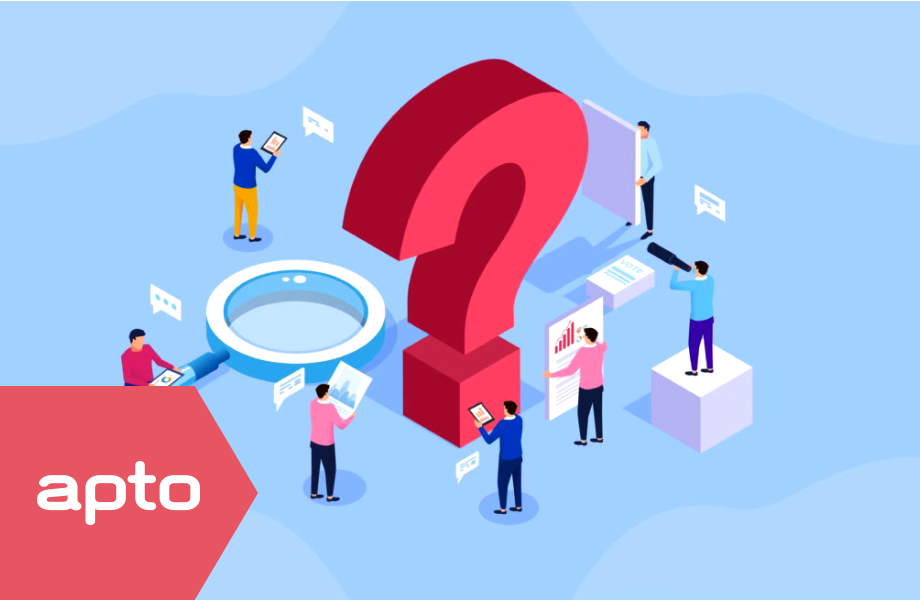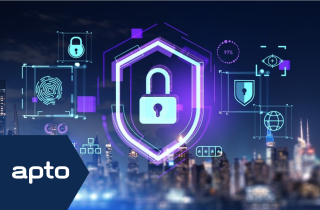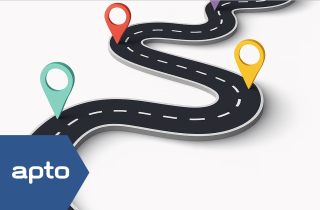
In today’s ever evolving cybersecurity landscape, organisations rely on SIEM (Security Information and Event Management) platforms to monitor and protect their IT infrastructure. A SIEM audit is a crucial process that assesses the health and functionality of your platform, providing insights that enhance security posture and optimise performance. This blog will walk you through what a SIEM audit entails, focusing on the various phases and how they contribute to a more secure and efficient system.
At Apto we believe a SIEM audit is a discovery process tailored to the specific needs of each customer. It begins with an assessment of the platform’s overall health, including key components like the search head, any premium apps such as enterprise security and IT Service Intelligence (ITSI). The audit aims to identify both strengths and areas requiring improvement, offering a remediation strategy to resolve issues. The end goal is to ensure confidence in the platform’s security and operational efficiency.
Use Case Review
A thorough review of use cases is essential in assessing the effectiveness of your SIEM platform. This process is divided into three key phases:
- Sampling and Verification: Firstly, we will randomly sample or when feasible verify the search logic, filtering criteria of any enterprise security use cases or any wider use cases within the environment. This offers a clear snapshot of search health across the environment.
- Focusing on Critical Use Cases: Secondly, special attention is given to high-priority areas like break glass account monitoring, which helps detect unauthorised access or system breaches.
- Holistic Use Case Review: Lastly, we take a broad view of all use cases, identifying gaps in areas like data loss or data egress. Once gaps are identified, appropriate strategies or additional products can be recommended to strengthen the security posture.
Gap Analysis
One of the core elements of a SIEM audit is conducting a gap analysis. This involves evaluating the data supporting the use cases to ensure its completeness and accuracy. Missing or incomplete data can undermine the effectiveness of your SIEM platform exposing gaps in your security posture.
On a more holistic level, our auditors can perform a gap analysis using well-established cyber frameworks such as MITRE, NIST, and DE&S Standards (Def Stan). In-house tools, for example heat maps help visualise gaps, making it easier to understand and address them.
Again, we can provide remediation strategies for any issues discovered during the analysis.
Data Quality
Data quality involves verifying that your data models are accurate and optimised for accelerated data processing, improving overall efficiency and performance.
- Data Modeling: Data models are assessed for proper acceleration and construction, ensuring optimal performance and scalability.
- CIM (Common Information Model) Compliance: Gives an outlook on where ingested data is being leveraged. These checks confirm that the platform adheres to security information management standards, focusing on endpoint protection, intrusion detection, network security, and data loss prevention.
Auditors also review which products are mapped into your data models, ensuring that no critical assets are left out. This step is essential for building a robust security infrastructure.
Threat Intelligence
A critical aspect of the audit is assessing your platform’s cyber threat intelligence (CTI). This process examines how the threat intelligence data is sourced, its lifecycle, and overall quality.
An inefficient or vulnerable CTI system can expose your platform to potential threats, particularly if open-source threat intelligence databases are misused. Auditors will also ensure that your system uses storage space efficiently and isn’t bogged down by unnecessary or excessive threat intelligence data. Depending on your company policy, you may use Splunk’s built-in TI platform or external sources.
Critical System Coverage
A holistic overview of your critical system involves identifying hosts, servers, forwarders and other assets, as well as security applications such as CrowdStrike, Qualys and so on, which are critical to SIEM success and the SOC team.
Then the business-critical systems are reviewed at a granular level to ensure they report correctly and that there are no inconsistencies. Missing infrastructure logs can pose significant security risks, so it is crucial to identify and resolve any issues during the audit process.
Platform optimisation
SIEM platforms can encounter several common issues related to load balancing, user analysis/management and general platform health. Overloading can lead to skipped searches and reduced performance. The audit will assess whether:
- Load balancing between search heads is optimised.
- Clustering is functioning correctly.
- The right people have the appropriate levels of access.
These checks contribute to the overall health of your platform and can prevent the loss of security use cases. Apto will also advise on the overall architecture of your SIEM and its feasibility.
Contribution to Company Strategy: RBA
SIEM platforms are often integrated into broader cybersecurity strategies, such as risk-based alerting (RBA), which is becoming a preferred approach for many organisations. A SIEM audit will assess how effectively your data feeds into these strategies. Auditors will look at:
- Which data currently contributes to RBA.
- Data that isn’t contributing but could be leveraged.
- Missing data that could further enhance the strategy.
Tailoring your SIEM platform to align with company strategies not only enhances security but also improves operational efficiency.
Documentation and Operating Model Review
Lastly, a SIEM audit will examine the documentation and operating model supporting the platform. We review internal manuals to ensure that documentation is robust and aligned with industry best practices, therefore producing good quality. Additionally, the operating model reviews your overarching SIEM strategy to ensure the platform is functioning in a manner that supports both short-term and long-term goals.
Conclusion
A comprehensive SIEM audit is not just about identifying faults—it’s about building confidence in your platform. By conducting regular audits, organisations can maintain a robust security posture and avoid potential vulnerabilities before they lead to serious incidents.
Apto Solutions will provide all the reviews with findings and suggested improvements in a comprehensive report. The report contains actionable items and is also presented to you in a form of an interactive concluding workshop. Also with options in how to action the suggested improvements in a prioritised form within this workshop.
See how we can build your digital capability,
call us on +44(0)845 226 3351 or send us an email…



